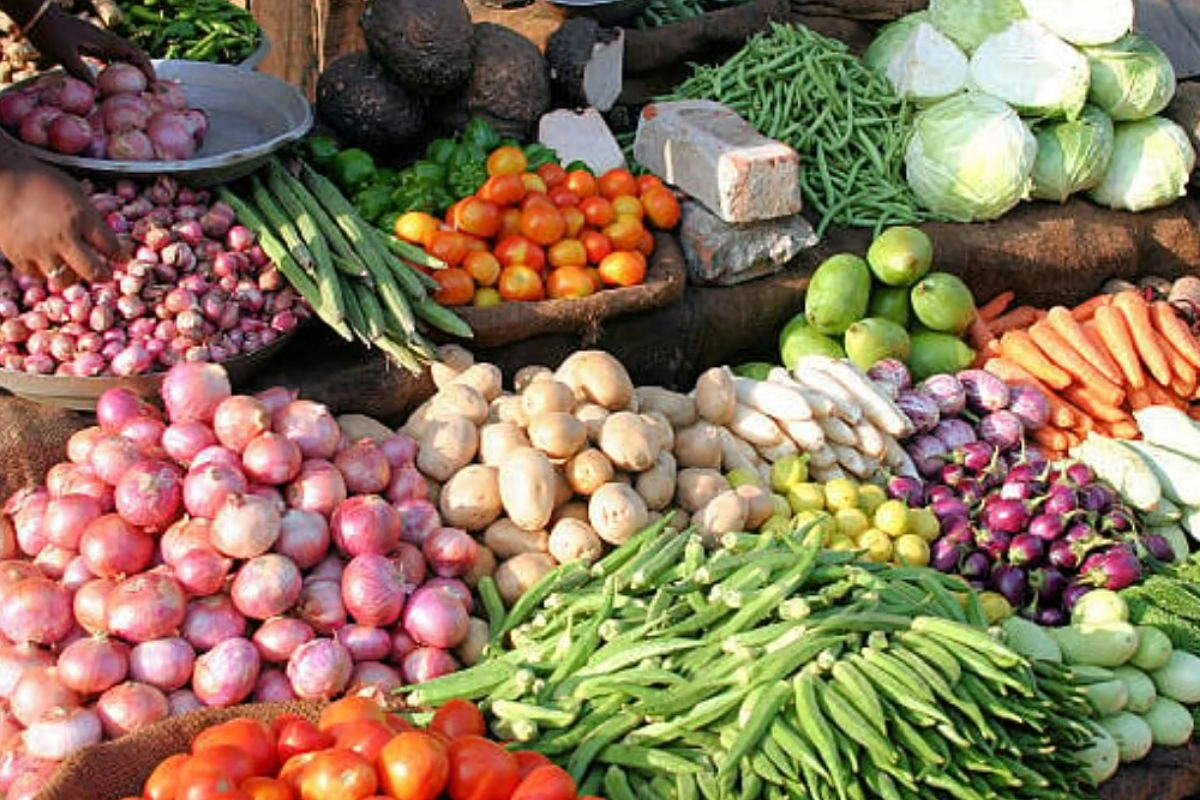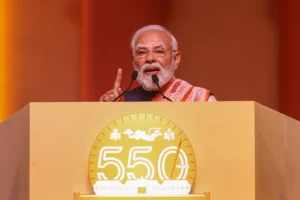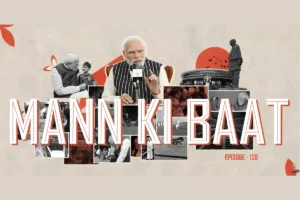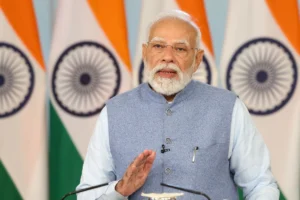
Wholesale Price Index (WPI)-based inflation declined to 2.3% in January from 2.37% in December, driven primarily by a decrease in food prices, especially vegetables.
According to provisional data released by the Ministry of Commerce and Industry on Friday, this reduction in inflation was in line with expectations, as experts had predicted a drop in food prices with the arrival of fresh harvests.
Decline In Food Prices Contributes To Inflation Drop
Food prices, which are a significant contributor to the WPI, saw an increase of 7.47% in January, easing from 8.89% in December. The price of vegetables, which had surged 28.65% in December, rose by 8.35% year-on-year in January.
Cereal prices climbed 7.33%, up from 6.82% in December, while pulses saw a slight increase of 5.08%, compared to 5.02% in the previous month.
Food inflation had remained elevated for more than a year, mainly from November 2023 to June 2024, due to uneven monsoon rains. Paras Jasrai, Senior Economic Analyst at India Ratings and Research, noted that the correction in food inflation contributed to the overall decrease in wholesale inflation.
He added that a sustained decline in fuel and power prices, which dropped 2.8% year-on-year for the sixth consecutive month, also helped lower inflation.
Core Inflation & Manufactured Goods Prices Rise
While food prices saw a decline, the trend was not broadly mirrored across other sectors. Inflation in non-food articles, energy, and minerals rose in January 2025. Non-food articles inflation climbed to a two-year high of 3.0%, while prices for energy and minerals rose by 0.6% year-on-year after a four-month gap.
Manufactured product prices, which account for about 64% of the WPI, rose by 2.51% in January, up from 2.14% in December. Fuel and power prices fell 2.78% year-on-year, though the decline was less steep than the 3.79% drop in the previous month.
Rajani Sinha, Chief Economist at CareEdge, attributed the subdued inflation in manufactured goods to an unfavorable base effect from the previous year and noted that deflation in fuel and power persisted for the fifth consecutive month.
Primary Articles & Industrial Metals Show Mixed Trends
The prices of primary articles, including food, non-food items, minerals, and crude petroleum, increased by 4.69% in January, following a 6.02% rise in December.
Industrial metal prices, which had been in deflation for six months, saw a positive shift in January, driven by strong price momentum in certain base metals.
Retail Inflation Also Declines
Retail inflation, based on the Consumer Price Index (CPI), dropped to 4.31% in January, down from 5.22% in December and 5.10% a year ago.
This decline was attributed to lower food prices and reduced overall demand. The Reserve Bank of India (RBI) had also recently reduced its repo rate to 6.25%, marking the first easing since the 2020 COVID-19 outbreak.
RBI’s Role In Inflation Control
The RBI’s decision to regulate interest rates plays a crucial role in managing inflation. By raising interest rates, the central bank makes borrowing more expensive, reducing consumer spending and bringing down inflation.
The RBI’s medium-term target for CPI inflation remains at 4%, within a band of plus or minus 2%.
Also Read: India’s BrahMos Missile Garners Global Interest, DRDO Chairperson Reveals
To read more such news, download Bharat Express news apps






















